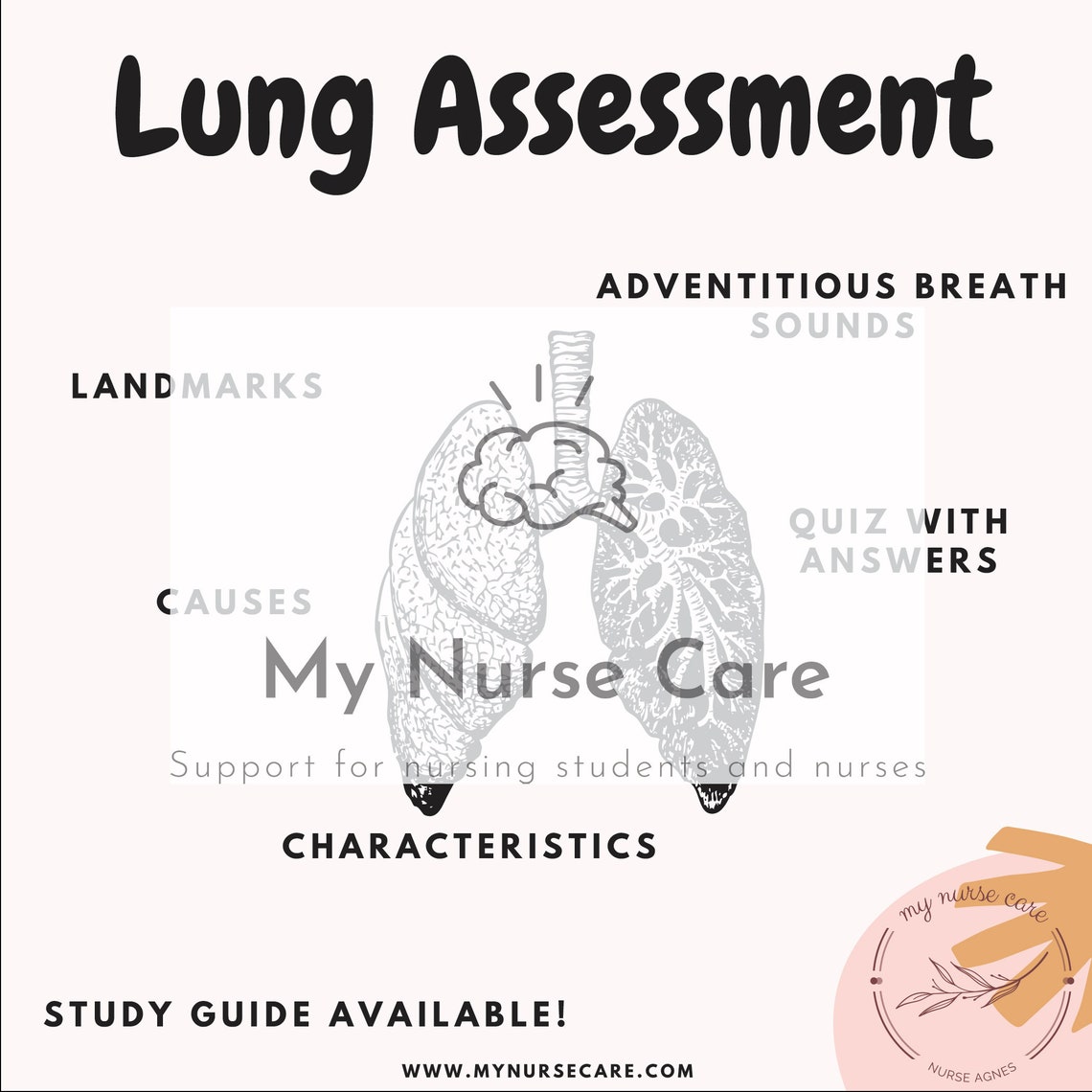
Adventitious breath sounds in infant full#
Listen to the full inspiration & expiration of a cycle before moving the stethoscope abnormal sounds can be generated in one portion of the cycle. Use a pediatric stethoscope (diaphram) when listening to the chest of infants and young children.

awake, alert, responsive to sound & verbal command.condition of lips, mouth & nose, excessive drooling, difficulty swallowing.The very young are at risk for hypothermia, they may require additional warmth. Providing a quite, warm and comfortable environment will likely improve the quality of the assessment.

The nurse must adapt techniques to match the child's age and developmental level while systematically assessing the child's compete physical condition. Genetic conditions such as cystic fibrosis.Īssessing respiratory function in young children can be challenging. Lower respiratory infections such as pneumonia and bronchiolitis īacterial infections such as bacterial pneumonia or tuberculosis Upper respiratory infections such as croup and influenza

The following are some common causes of respiratory distress in children. Their chest walls are more compliant and children rely heavily on their diaphragm (Saikia & Mahanta 2019 RCHM n.d.).Ĭauses of Respiratory Distress in Children They have soft, horizontally sloped ribs and poorly developed intercostals. Due to these differences, a child’s airway is much easier to occlude than an adult’s (Saikia & Mahanta 2019).Ī child’s upper and lower airways are also smaller than adults, and their lungs are not fully developed. They also have large tongues in a small mouth and the trachea is shorter and more compliant. Infants have larger heads and occiputs relative to their body size therefore the head is naturally flexed in the supine position. Assessing a Child Well-Child Respiratory Assessment Tips


 0 kommentar(er)
0 kommentar(er)
